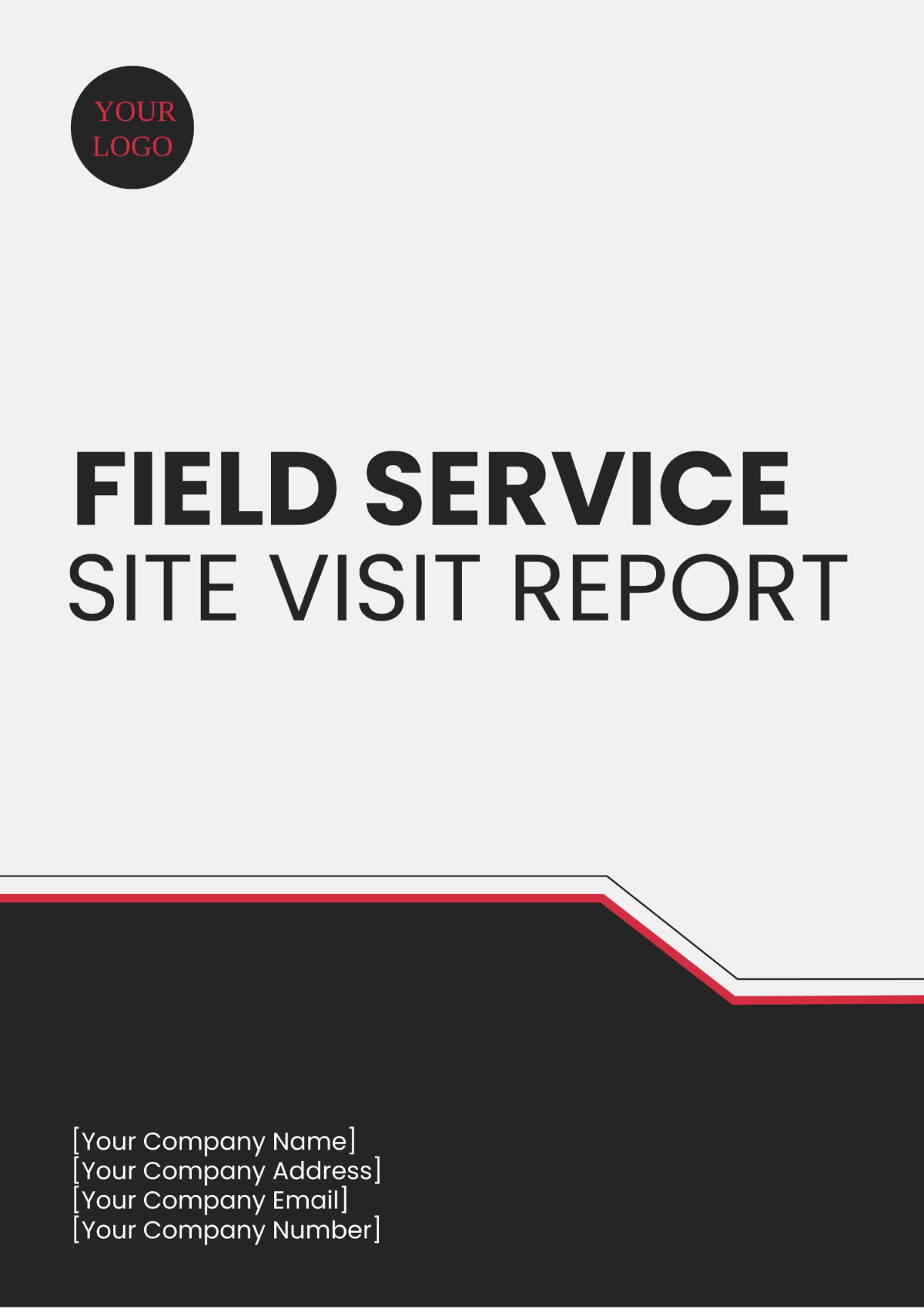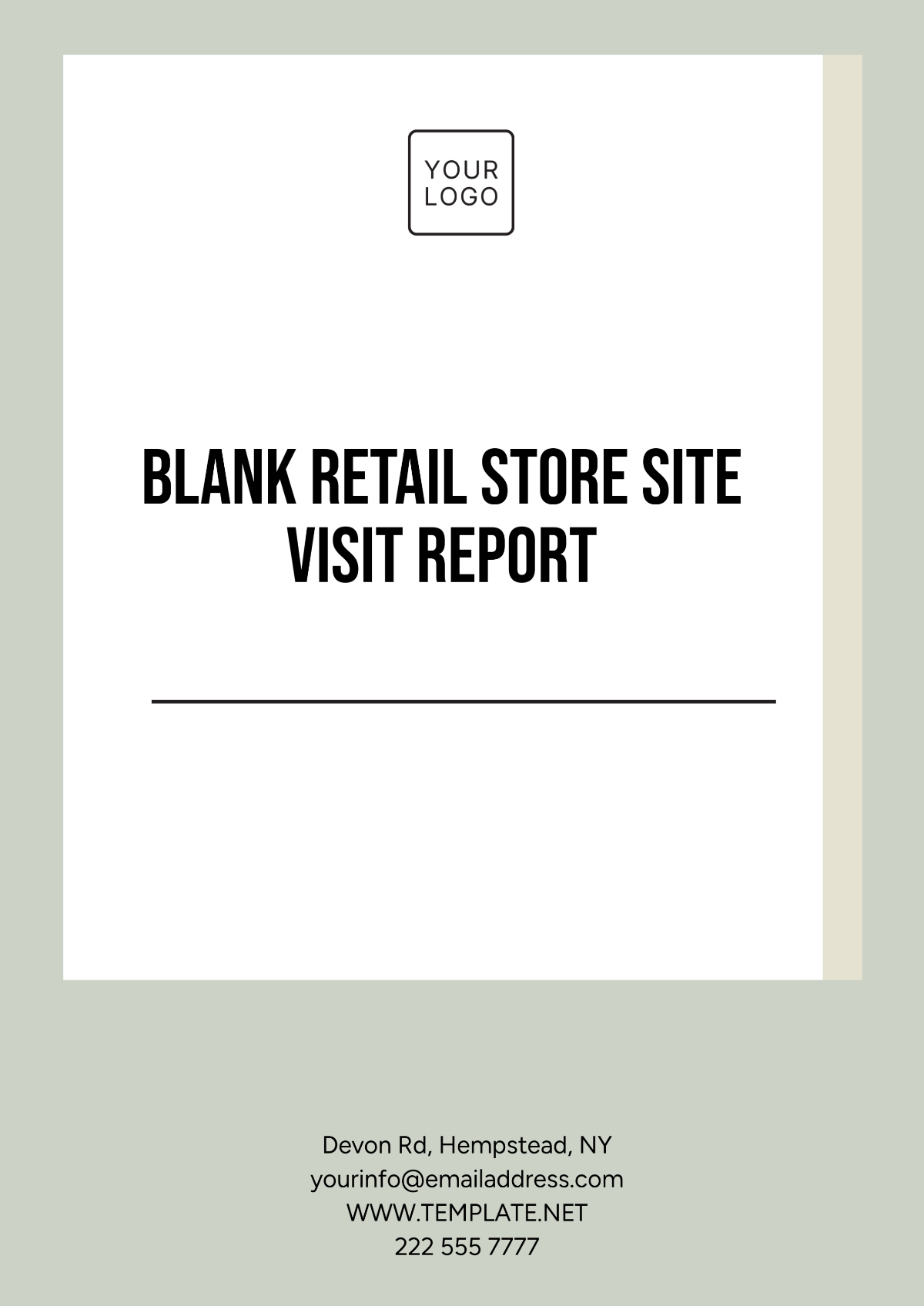COASTAL AREA SITE VISIT REPORT
1. Introduction
This report presents a comprehensive analysis of the coastal area site visit conducted in the second quarter of 2050. The primary objective of the visit was to assess the environmental health of the coastal region, monitor the progress of ongoing projects, and collect data vital for informing future coastal development initiatives. The findings will contribute to ensuring sustainable management and development of this vital ecosystem.
2. Objectives
The Q2 2050 coastal area site visit aimed to achieve the following objectives:
Evaluate the environmental impact of recent coastal developments.
Assess the status and effectiveness of coastal restoration projects.
Identify viable areas for new development opportunities, with a focus on sustainability.
Engage with local stakeholders to understand their perspectives and needs for future development.
3. Methodology
3.1 Data Collection
The site visit incorporated various methods for data collection, including on-site inspections, interviews with key stakeholders, and the analysis of satellite imagery. These techniques were designed to provide a thorough understanding of the environmental, infrastructural, and socio-economic conditions of the coastal area.
3.2 Site Inspections
The inspections spanned seven days and covered a variety of critical locations along the coastline. Detailed measurements were recorded on environmental conditions, infrastructure status, and community activities. Specific focus was placed on monitoring areas vulnerable to environmental stressors like erosion, pollution, and habitat degradation.
3.3 Stakeholder Interviews
Interviews were conducted with a diverse range of stakeholders, including local government officials, environmental scientists, and community leaders. The insights gained through these interviews were invaluable in understanding the challenges faced by local populations and identifying opportunities for collaboration and improvement.
4. Environmental Assessment
4.1 Coastal Erosion
Significant coastal erosion was observed in several areas, driven primarily by rising sea levels and an increase in the frequency and intensity of storms. While protective measures such as sea walls and mangrove restoration efforts have been implemented in some regions, there is a pressing need for further intervention to safeguard coastal habitats and infrastructure.
4.2 Flora and Fauna
The coastal ecosystem remains rich in biodiversity, with a wide array of plant and animal species. However, ongoing human activity, coupled with the impacts of climate change, has led to habitat fragmentation and disruption. Restoration efforts are in place to address these issues, but more intensive conservation strategies are required to ensure the long-term survival of key species.
4.3 Water Quality
Water quality monitoring at multiple locations revealed concerning levels of pollutants in certain zones. Elevated concentrations of chemicals and waste products threaten marine life and pose potential risks to public health. Immediate action is necessary to mitigate these pollutants and restore the coastal waters to a safe, healthy state.
5. Infrastructure and Development
5.1 Current Developments
During the visit, several ongoing coastal development projects were assessed. Below is a summary of key projects, their current status, and anticipated completion timelines:
Project Name | Status | Completion Date |
|---|---|---|
Coastal Highway Expansion | In Progress | December 2050 |
Marine Eco-Park | Completed | March 2050 |
Urban Waterfront Revitalization | Planning Phase | Q2 2052 |
5.2 Future Development Opportunities
The site assessments revealed multiple opportunities for sustainable development. These include initiatives focused on eco-tourism, renewable energy, and community-driven economic programs. Such projects will require careful planning to balance growth with environmental conservation, ensuring long-term benefits for both the local economy and the natural environment.
6. Community and Stakeholder Engagement
6.1 Community Concerns
Local communities expressed significant concern about the adverse effects of environmental degradation, particularly on industries such as fishing and tourism, which are crucial to the area's economy. There is an urgent need for greater community involvement in decision-making processes to ensure that their concerns are addressed in future development plans.
6.2 Stakeholder Feedback
Stakeholder feedback emphasized the necessity of adopting an integrated coastal zone management approach. This involves collaboration among government bodies, environmental organizations, and the private sector to create effective solutions for the challenges currently faced by the coastal area.
7. Recommendations
7.1 Environmental Protection
It is essential to enhance conservation efforts through the establishment of protected marine areas and the restoration of critical coastal habitats. These actions will safeguard the region's biodiversity and help mitigate the impacts of climate change.
7.2 Sustainable Development
To promote sustainable growth, development projects should incorporate eco-friendly infrastructure and renewable energy solutions. Prioritizing sustainability will not only protect the environment but also create resilient economic opportunities for local communities.
7.3 Community Involvement
Fostering stronger community engagement is crucial for ensuring the success of future coastal initiatives. This can be achieved by creating opportunities for regular consultations and participatory decision-making, as well as empowering local communities through education and capacity-building programs.
8. Conclusion
The Q2 2050 coastal site visit yielded valuable insights into the state of the coastal area, identifying both challenges and potential avenues for improvement. By implementing the recommended actions outlined in this report, we can move toward achieving sustainable coastal development that balances environmental protection, community well-being, and economic growth.




































